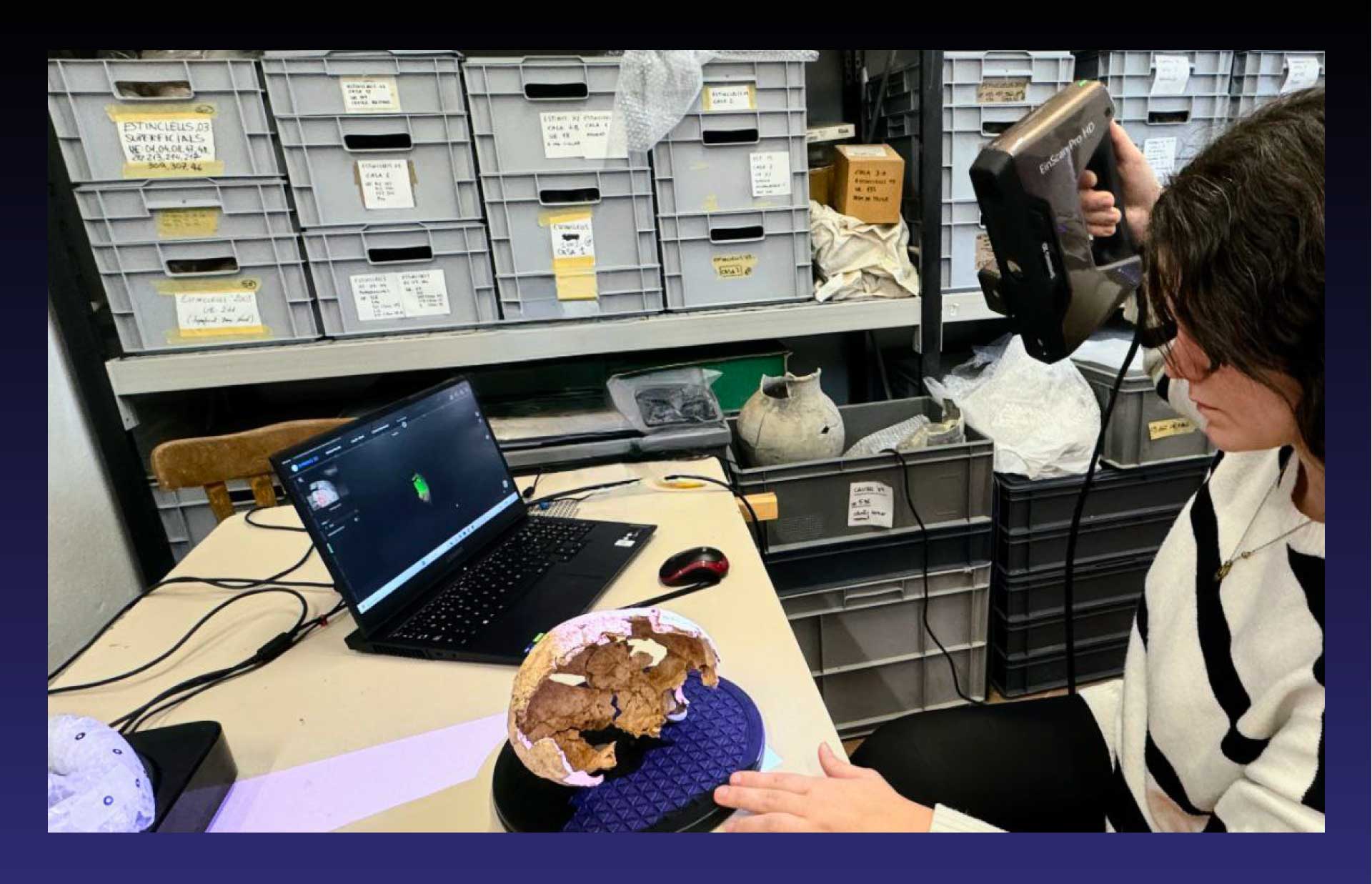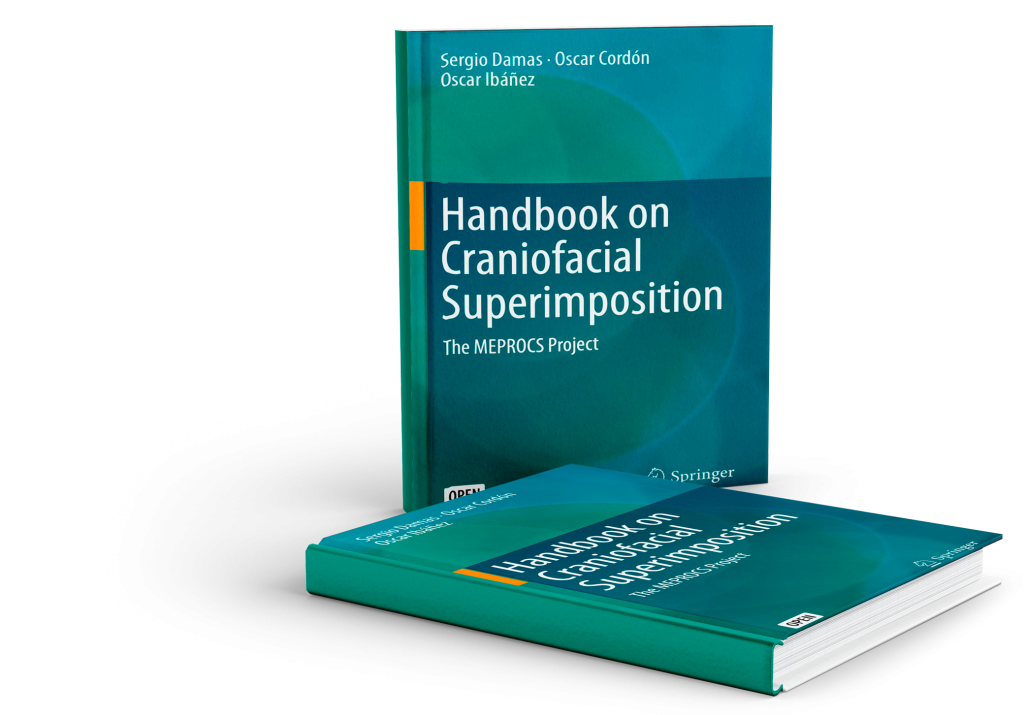Fast, accurate, and objective AI-driven human identification
Skeleton-ID forensic identification software is used by law enforcement and government agencies worldwide, whenever DNA and fingerprints are not feasible.
Multiple forensic identification methods in one tool
Skeleton-ID is the only software that supports skeleton-based identification through physical anthropology techniques like craniofacial superimposition, facial comparison, biological profiling, and comparative radiography.
Time and cost savings through Artificial Intelligence
AI leads to a reduction in time as identification methods that previously needed hours or days can now be performed in seconds. This frees identification experts from error-prone and time-intensive tasks.
Increased objectivity and automation
Artificial Intelligence can work more precisely and objectively as it also provides complete traceability of the results. Standardized reports increase the success rate of the daily casework and legal procedures.
The only tool designed for human identification experts
Discover how AI can help identification experts automate the most repetitive and error-prone tasks of your daily work
Scientific recognition
+ 15 YEARS
OF EXPERIENCE
5
PATENTS
+ 10 DOCTORAL
THESES
+ 100
PUBLICATIONS
You may also
be interested in:
-

3D Scanners for Forensic Use | Online Event
From skeleton-based human identification to the preservation of digitized archaeological information, the applications of 3D information in forensics are wide-ranging and promising.
-

Migrant Disaster Victim Identification | Online Event
In this event, Caroline Wilkinson introduces the Migrant DVI Action supported by the European Cooperation for Science & Technology (COST) and reflects on the current status of migrant DVI across Europe.

Panacea is a spin-off of the University of Granada.
Our ongoing cooperation guarantees access to the latest research and leading experts in the field. Several of the founding partners of Panacea come from the same university.

